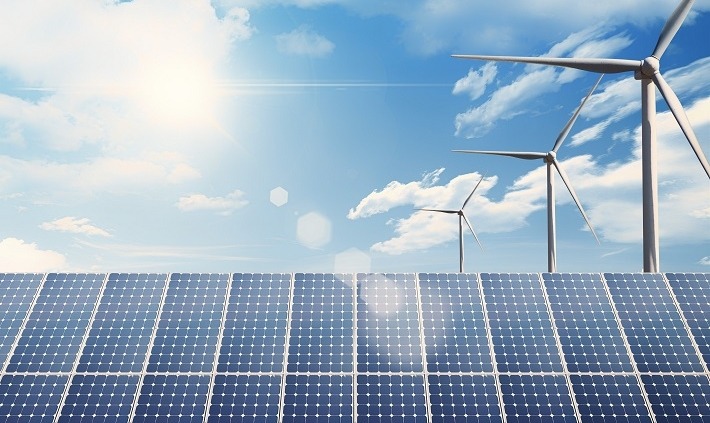Con Edison Development plans to deploy a 2GW battery energy storage project in California
The Imperial County Government of California recently approved a deployment plan for a battery energy storage project with a total installed capacity of up to 2GW. The project will deploy a combination of lithium-ion battery energy storage systems and flow battery energy storage systems.
The Imperial County Board of Supervisors voted at a meeting on December 7 to conditionally approve the deployment of a large-scale Westside Canal battery energy storage project proposed by the vertically integrated energy developer Con Edison Development.
As a development subsidiary of Edison United Electric Corporation, Con Edison Development will acquire a 163-acre agricultural land in Imperial County for the construction of this project, which has been idle for approximately 20 years. The battery energy storage system of the project will occupy approximately 148 acres of site, and Edison United Electric will also build a bridge over the nearby canal for passage.
Con Edison Development submitted a document on the development of this project in April 2020. The document stated that the project will be constructed in stages within 10 years.
Curtis Taylor, director of business development at Edison United Electric, said that the installed capacity of each stage of the project is between 25MW and 300MW. The specific scale depends on market requirements and the chance of obtaining long-term contracts at that time.
The battery energy storage system in this project may use a combination of lithium-ion batteries and flow batteries, which will be connected to the grid of the Imperial Valley substation after it is opened. Taylor pointed out that the Imperial Valley power station is a strategically important power hub that can transport electricity from California to neighboring states.
The meeting attended by the Imperial County Board of Supervisors was held after the Environmental Impact Report (EIR) was completed. The report pointed out that the energy storage project will not have a significant impact on the local environment and has also carried out an assessment of the impact on water resources.
Curtis Taylor said that the Westside battery energy storage project will employ about 200 workers during the peak period of construction and will create 5 to 10 local jobs after it is put into operation.
The project will also bring millions of dollars in tax revenue to the county, will promote the economic development of the area, and build new roads around the site, in addition to the construction of new canal bridges and other infrastructure.
After the project is opened, it will increase the utilization rate of existing and new solar power generation facilities in the area. Cristina Marquez, a local representative of the International Brotherhood of Electronic Workers (IBEW), pointed out at the public consultation meeting that the deployment of battery energy storage systems is not only crucial for the state to get rid of fossil fuels, but can also create high-paying jobs.
Marquez said that with the phased construction of the project, this provides development potential for the job market in the region, and he urged the relevant Imperial County agencies to provide support for the project after approval.
Raymond Castillo, chairman of the fifth district of Imperial County, said the deployment of this battery energy storage project can bring a lot of taxes to the area.
So far, Con Edison Development has installed and put into operation a 100MW battery energy storage system in the United States, and is deploying a battery energy storage system with a total energy storage capacity of 1GWh. In addition, the company currently has installed 3GW solar power generation facilities and 500MW wind power generation facilities, including approximately 800MW solar power generation facilities deployed in California, including the 100MW Wistaria solar power generation facility opened in Imperial County in 2018.
The Westside battery energy storage project will promote the rapid growth of California battery energy storage capacity, although considering the state’s climate goals and energy shortages during the summer peak period, its growth rate may not be fast enough. According to industry media reports, the battery energy storage system deployed in California also includes a portfolio of three energy storage projects with a total energy storage capacity of 2.1GWh being deployed by Southern California Edison, as well as a supporting deployment in solar farms by the Central Coast Community Energy Company 226MWh vanadium flow battery energy storage system.



